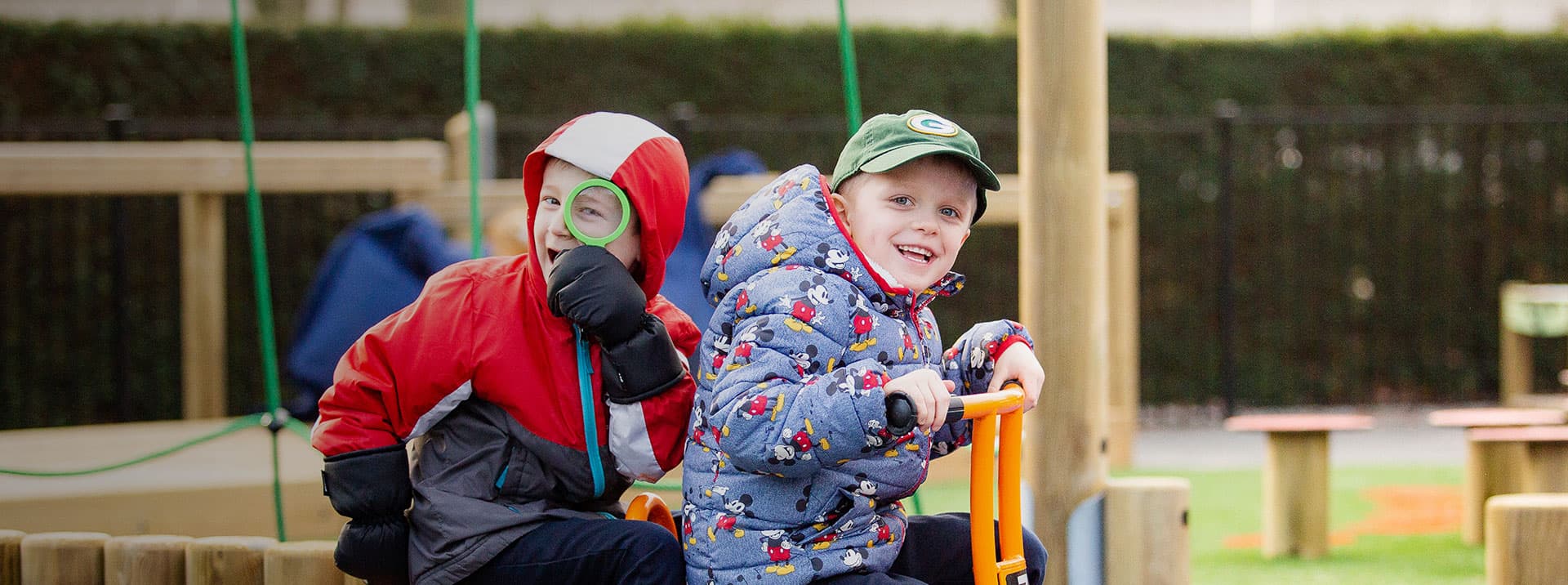Critical thinking is more than just a trendy buzzword — it’s a fundamental skill that empowers individuals to make sound decisions, solve problems, and navigate complex issues. In a world overflowing with information and constant change, the ability to think clearly, logically, and creatively is more valuable than ever.
But what does it mean to be a critical thinker? And how can parents and educators foster this essential trait in children?
Critical thinking is the ability to assess information objectively, reason through ideas, question assumptions, and form well-supported judgments. It involves applying logic and creativity to analyze situations, recognize patterns, and understand different perspectives. This skill enables children to grow into confident, thoughtful adults — prepared not only for academic success but for life’s many challenges.
Why Critical Thinking Matters
In the digital era, fluency in multiple languages or coding skills is impressive, but insufficient on its own. Today’s children will face situations that go far beyond multiple-choice exams. They will confront real-world problems, ethical dilemmas, and information overload — and they must learn how to think independently and respond wisely.
Critical thinking is consistently cited by employers and educators as one of the most in-demand skills. It’s key to innovation, leadership, and effective communication — traits necessary in every sector, from healthcare to business, science to the arts.
Can We Teach Critical Thinking?
Absolutely. While some children may show a natural inclination toward questioning or problem-solving, critical thinking is not innate — it’s a learned skill. And like any skill, it can be nurtured with consistent practice and the right environment.
Here are some evidence-based strategies that parents and educators can use to help children begin developing critical thinking from an early age:
1. Use Their Natural Curiosity
All children are natural question-askers. From the time they start talking, “why?” becomes a frequent refrain. This natural curiosity should be celebrated and harnessed as a powerful starting point for critical thinking.
Rather than rushing to answer their questions, encourage deeper inquiry. Respond with questions of your own: “What do you think might happen?” or “Why do you think that is?” This turns a passive moment into an opportunity for reflective thinking.
2. Get Them to Think — Not Just Memorize
Thinking isn’t just something we’re born doing — it must be cultivated. Children develop stronger thinking habits when adults engage them in meaningful conversations, encourage them to express opinions, and challenge them with open-ended questions.
Reading stories together? Ask, “What would you have done if you were that character?” Playing with blocks? Suggest, “How can we make this structure stronger?” Every day holds dozens of opportunities to inspire thought and discussion.
3. Promote Inquiry-Based Learning
Instead of focusing solely on facts, shift the spotlight to exploration. Inquiry-based learning encourages children to ask questions, investigate topics, and draw conclusions based on evidence. This method stimulates curiosity, builds confidence, and strengthens reasoning skills.
Research shows that children engaged in inquiry-based learning develop better problem-solving abilities and demonstrate greater academic resilience (Conezio & French, 2002). Let them investigate real-world questions, conduct mini-experiments, or explore cause-and-effect scenarios.
4. Encourage Analysis of the World Around Them
Critical thinking should extend beyond the classroom. Encourage children to look at their everyday environment through a thoughtful lens. Ask them about news stories, help them analyze advertisements, or discuss choices made in books and films. Teach them to weigh evidence, consider different viewpoints, and ask, “Is that true? How do we know?”
By integrating critical thinking into daily life, children become more conscious consumers of information and more confident decision-makers.
5. Create a Safe Space for Dialogue
Children need to know their thoughts are valued. Whether at home or in school, they should feel safe expressing their opinions — even if those opinions differ from their peers or adults.
Model active listening. Acknowledge their ideas without immediately correcting them. Instead, ask guiding questions that lead them to consider alternatives. Over time, this builds both intellectual humility and resilience.
Final Thoughts
Raising a critical thinker means creating a culture where curiosity is welcomed, questions are encouraged, and learning is more about exploration than memorization. By encouraging thoughtful discussion, inquiry, and reflection, we help children develop the cognitive flexibility and confidence they’ll need in school and beyond.
In a world full of information, those who think deeply — not just react quickly — will be best equipped to lead and succeed.
Conezio, K., & French, L. (2002). Science in the preschool classroom: Capitalizing on children’s fascination with the everyday world to foster language and literacy development. Young Children, 57(5), 12–18.
